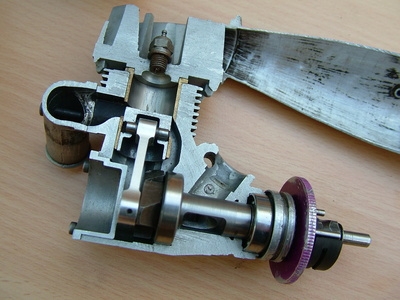
The master clutch cylinder is a component in a vehicle with a manual transmission. It is responsible for generating the amount of hydraulic pressure needed for the clutch to work. The clutch pedal is connected to the master clutch cylinder, and relies on the cylinder to cut the flow of power from the engine to the transmission when the driver pushes on the pedal. If the master clutch cylinder goes bad, the vehicle may exhibit a variety of symptoms.
When a master clutch cylinder goes bad, the clutch pedal will fall to the floor when pressed and will not rise again. When this happens, the driver will be unable to shift the car into any gear. The vehicle will not be drivable until the master clutch cylinder is replaced.
When a master clutch cylinder goes bad but does not completely fail, it will result in very hard shifting while driving. Depressing the clutch pedal may become difficult, and getting the vehicle to properly shift gears will be hard. The clutch may begin slipping.
Frequent low levels of brake fluid is an indication that the master clutch cylinder is bad or is failing and will go bad soon. This is often due to a leak, but may also result from physical damage, such as a hole or crack. Fluid may be present on the ground. If the vehicle is usually parked over an absorbent substance, such as dry ground, you may not notice the leaking fluid. If you suspect that the master cylinder is bad or going bad, regularly monitor the fluid levels. If the fluid level decreases rapidly within 48 hours, the cylinder is bad.
If the master clutch cylinder on a vehicle has gone bad, it will cause the fluid to rise in the reservoir when the clutch is pressed. To test this, watch the reservoir while another individual presses the clutch pedal. If the fluid level rises in the reservoir when the pedal is pressed and lowers when the pedal is released, the master clutch cylinder may need to be replaced.